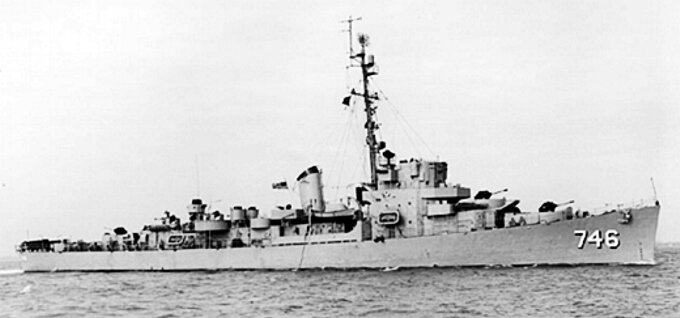

Navy into a battle fleet built around carrier task forces. This would prove critical in the early naval clashes of the war at Coral Sea and Midway, and it transitioned the U.S. While at a numerical disadvantage, America retained the capability to project air power over the Pacific. The Imperial Japanese Navy, however, had failed to neutralize its secondary targets, the American fleet carriers Enterprise, Lexington, and Saratoga, none of which were at port in Pearl Harbor when the Japanese struck. Navy was faced with all eight of its battleships, the backbone of its fleet, sunk or out of commission. For the U.S., it was another necessity altogether.īy the evening of December 7, the U.S.

For the Japanese, the simple necessity of conducting aerial warfare over the expansive Pacific dictated their strategic reliance on the aircraft carrier. The surprise attack also marked the rise of the aircraft carrier as the chief weapon of naval warfare on both sides. Pacific Fleet crippled and the Japanese in virtual control of the seas. The Japanese strike at Pearl Harbor had left the U.S.
_underway_at_sea%2C_in_the_1950s.jpg)
America entered World War II on Decemat a serious naval disadvantage.


 0 kommentar(er)
0 kommentar(er)
